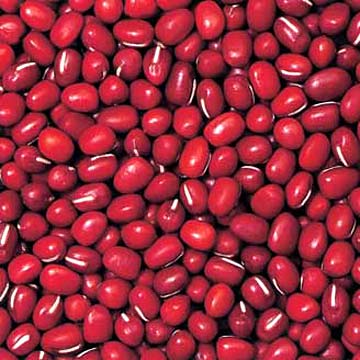A Chickpea is a yellow edible vegetable which can be used forcooking. It is also one of the earliest vegetables to be grown, where the first chickpea was grown in the Middle East about 7,500 years ago. The most popular place for chickpeas to grow is in India. In 2008, nearly 6 million tonnes of chickpeas were produced there. Because the growth is so popular there, it is also known as the Indian pea. Chickpeas contain zinc, protein and folic acid.
Chick peas are perhaps better known by their name garbanzo beans. They are a roundish, beige to light green members of the legume family grown primarily in part of West Asia, India, and in the Mediterranean. Most are familiar with chick peas as either used whole in salads, or ground up to make the popular Middle Eastern dish hummus.
Chick peas also can be ground up and used as a flour called gram flour. They may be used in this fashion to make falafel, or to make a variant of tofu made by the people of Burma. It is usually known as Burmese tofu.
Chick peas are also a frequent ingredient in Italian dishes. They may be used to make pasta and beans. They are often added to marinated vegetables and may be part of an antipastodish. They may also be recognizable as a staple in three-bean salad, which is comprised of green beans, kidney beans and chick peas and pickled with vinegar or stored in vinegar and oil.
Health Benefits of Chickpeas
Chickpeas are an excellent source of soluble fiber. In fact, one cup of these nutty tasting legumes supplies almost half a day’s requirement for fiber. The type of soluble fiber found in chickpeas is not only heart-healthy, but also helps to stabilize blood sugars. Studies have also shown that legumes such as chickpeas help to lower cholesterol levels. Their high fiber content makes them satisfying and filling so you’re less likely to head for the candy machine two hours after eating. The reality is most Americans need more fiber, and chickpeas are one of the best sources around.
One unusual health property of chickpeas is their high molybdenum content. Molybdenum is a trace mineral that helps to detoxify sulfites, compounds which are found in many prepared food products, dried fruits, and in wine. Some people are exquisitely sensitive to sulfites and develop headache, dizziness, rapid heart rate, and other unpleasant symptoms when they eat them. Sulfites can be difficult to completely avoid and the molybdenum found in chickpeas may help to offset some of the unpleasant symptoms. Molybdenum also helps the liver to detoxify more efficiently.
Chickpeas are rich in tryptophan, an amino acid that’s a precursor to serotonin. Serotonin plays an important role in regulating both mood and sleep. Many experts recommend eating tryptophan containing foods at bedtime for calmness and to help facilitate sleep. A bowl of chickpeas are a natural way to get the tryptophan needed for sweet dreams and a good night’s sleep.

